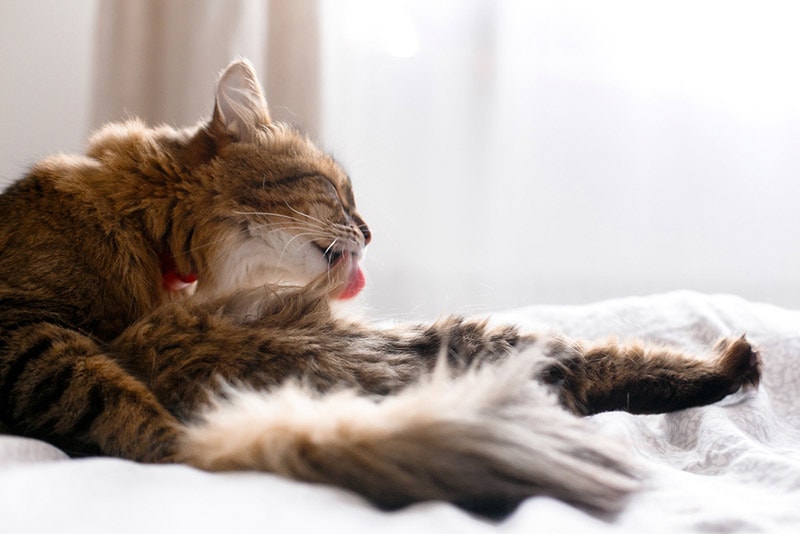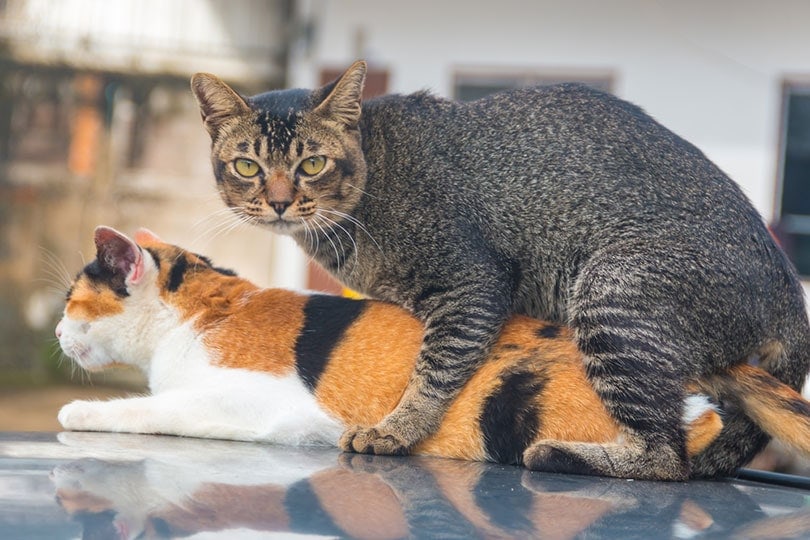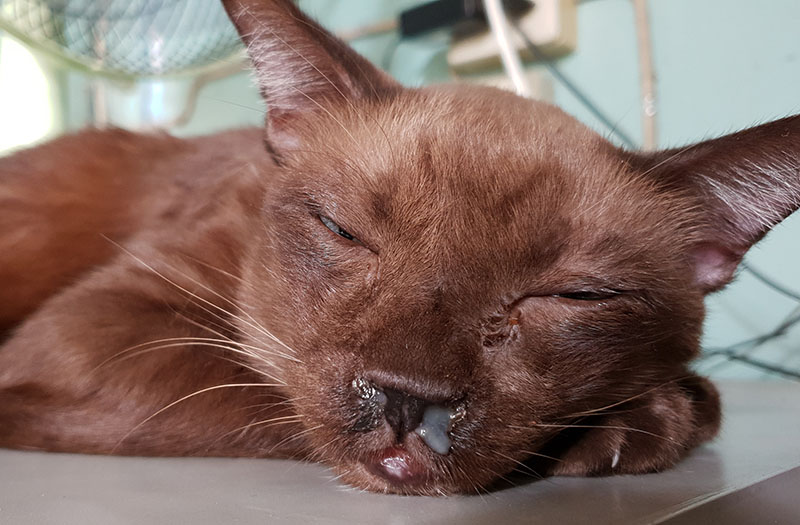How Many Toes Do Cats Have? Facts & FAQ
Updated on
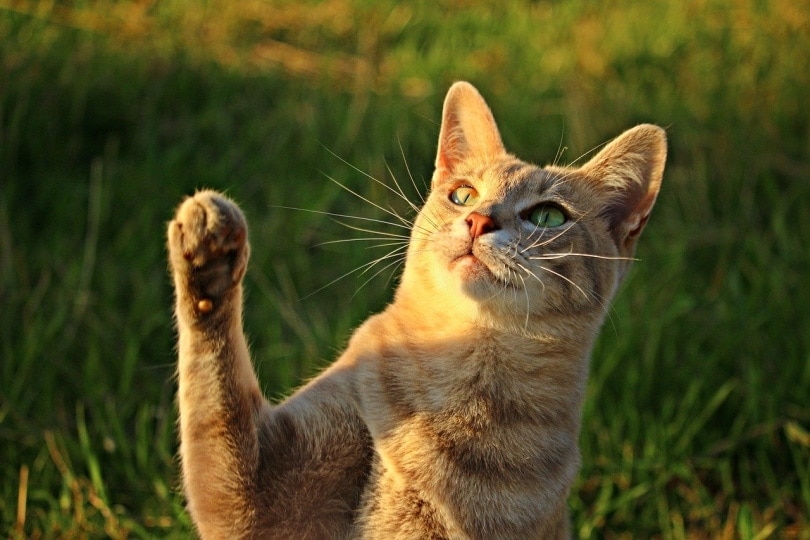
Most cats have 18 toes altogether, five on each front paw and four on each back paw. However, it is not odd for cats to have more or fewer toes than this. Cats with more than 18 toes are referred to as polydactyl, which means “many toes.”
If a cat has 18 toes, they should all be about the same size and shape. Cats with more than 18 toes sometimes have underdeveloped toes that are smaller than the rest. They may also be shaped differently, depending on where they are located on the paw.
Causes of Differing Toe Numbers
There are many reasons that cats may not have precisely 18 toes. In some cases, there is a genetic cause. Cats may inherit traits from their parents that cause them to grow more (or fewer, though this is rarer) toes on their paws.
Most cats aren’t affected by having a different number of toes, though those with very few toes may have problems balancing and jumping. However, cats having so few toes that their life is affected is quite rare. Usually, they are just missing a toe or two, which hardly seems to affect them at all!
Genetic mutations can also occur, though these are relatively rare. In this case, the feline may not have inherited the trait from their parents. Instead, it was a mutation when the fetus was formed.
Other times, environmental effects in the womb may cause differing toe amounts. A toe may not develop properly due to environmental hazards, such as inadequate nutrition or toxins. This may cause a cat to be born with fewer toes than they should technically have, without any genetic cause.
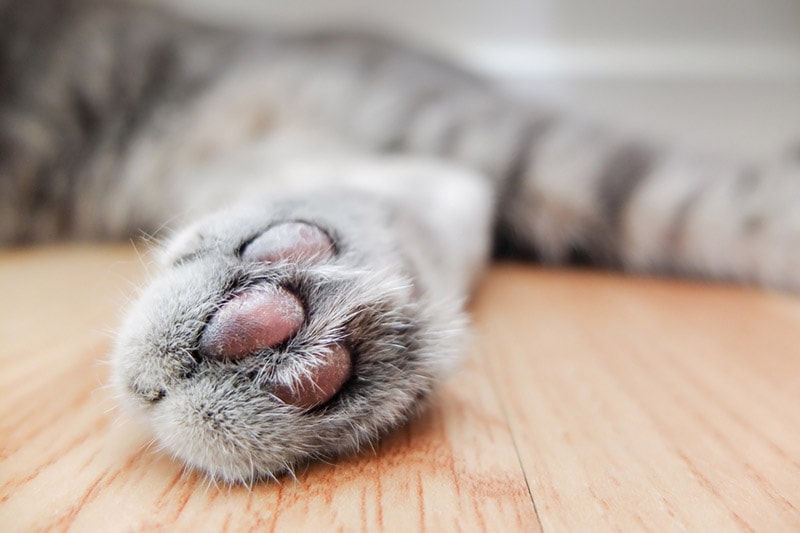
Again, these cats are usually not affected by missing toes. But, if a cat was inflected by environmental problems in the womb, they may also have other developmental problems.
Injuries can also cause toes to go missing, though this is more common later in the cat’s life. If an older cat is missing their toes, it is possible that they got into a fight at some point! For younger kittens, this is much rarer.
Despite common misconceptions, mother cats do not accidentally eat their kittens or any other part of their body.1 This misconception derives from the fact that mother cats commonly clean and lick their kittens after birth. They commonly eat the placenta and bite through the umbilical cord. Sometimes, this can look like the mother cat is eating the kittens. Mother cats can lick their kittens quite aggressively, but this is to help the newborn start breathing correctly. The roughness helps remove any potential fluid from the kitten’s lungs.
If a kitten is missing a toe, it is not because the mother cat ate it.
Why Do Cats Have an Extra Toe on Their Front Paw?
As you might have noticed, cats don’t have the same number of toes on their front and back paws. While we have the same number of digits on our hands and feet, this isn’t typically the case for other mammals.
It isn’t that our cats are weird. We’re the outlier in this situation!
Scientists think that at some point, all species had five toes.2 However, for one reason or another, early species lost a toe on the back limbs. Some of these species were early mammal predators, so many predator species only have four toes on their back limbs.
We don’t know exactly why this occurred. However, there are quite a few theories.
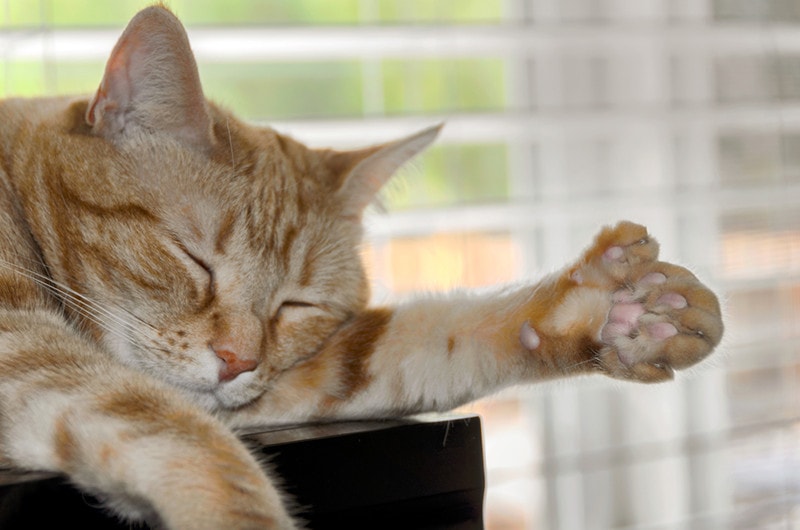
The fifth toe on the back paws may have been lost for agility purposes. With fewer toes, the cat’s back feet are lighter. This may benefit a predator that solely relies on speed and agility to eat!
However, five toes on the front would have still been useful for grooming, catching prey, and climbing trees. The back paws don’t need as much dexterity as the front paws, so the lack of a fifth toe isn’t an issue.
It is also possible that the lack of a fifth toe doesn’t provide any benefit, but it doesn’t cause any issues either. Sometimes, evolutionary changes don’t affect things either way! As long as an evolutionary change doesn’t make the animal more likely to die, it can sometimes stick around and become one of the species’ traits.
Perhaps cats didn’t need that extra toe and didn’t miss it too much when it disappeared!
What About Dew Claws?
Dewclaws are “extra” claws that grow on the inner edge of a cat’s paw. They are higher up than other toes and don’t typically touch the ground. They almost look like a thumb, but they don’t serve any practical purpose.
Not all cats have dewclaws, only some do. This is genetic, so if a cat’s parents had dewclaws, the odds are that the kitten will too. It also seems to run in breeds due to its genetic link.
Sometimes, dewclaws are removed. These “toes” don’t have any bones, so they aren’t helpful for any practical purpose. However, they can be caught on things and tear, which can cause unnecessary injury. To prevent this, many dewclaws are removed when the animal is spayed or neutered.
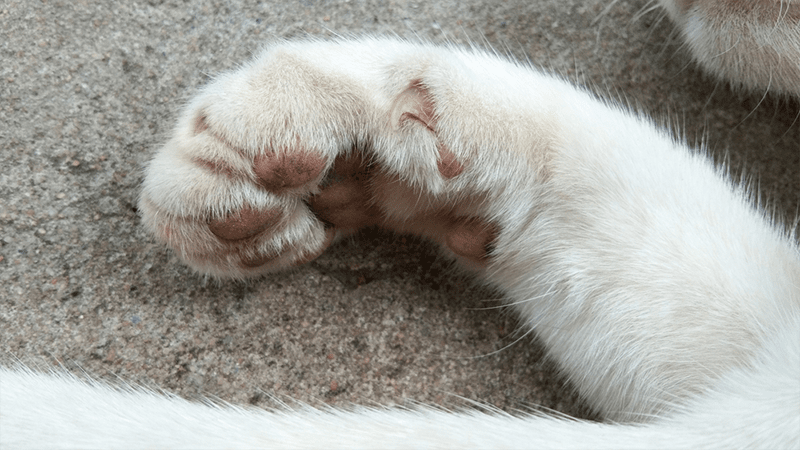
It is much better to remove the claw cleanly in a surgical manner than to let it get ripped off later!
However, many house cats don’t have this problem. There aren’t many things inside a home for the claw to get stuck on. It’s more of a problem for outdoor cats.
Dewclaws can be removed as early as 3 to 5 days by some veterinarians. In these cases, a local anesthetic is used. If the cat is older, they typically need complete anesthesia, as they likely won’t be still for the surgery.
Do Certain Cat Breeds Have Extra Toes?
Polydactyl cats have an extra toe or two. This trait is genetic and dominant, so the feline only needs one parent with the trait to end up with the extra digits.
Since this trait is genetic, it does run in some breeds more than others. However, there is no breed with extra toes listed as a requirement in their breed standard. No matter the breed, most cats will have the “normal” number of toes.
Maine Coons are particularly well-known for having extra toes. However, many do not today. At one point in the past, it is possible that most Maine Coons had at least one extra toe. It may have even helped them move better in the snow, in the same way that snowshoes help people.
However, breeders have eliminated this trait from the breed. Some have attempted to revive it, so there are still Maine Coons out there with it! They are just considerably rarer than they once were.
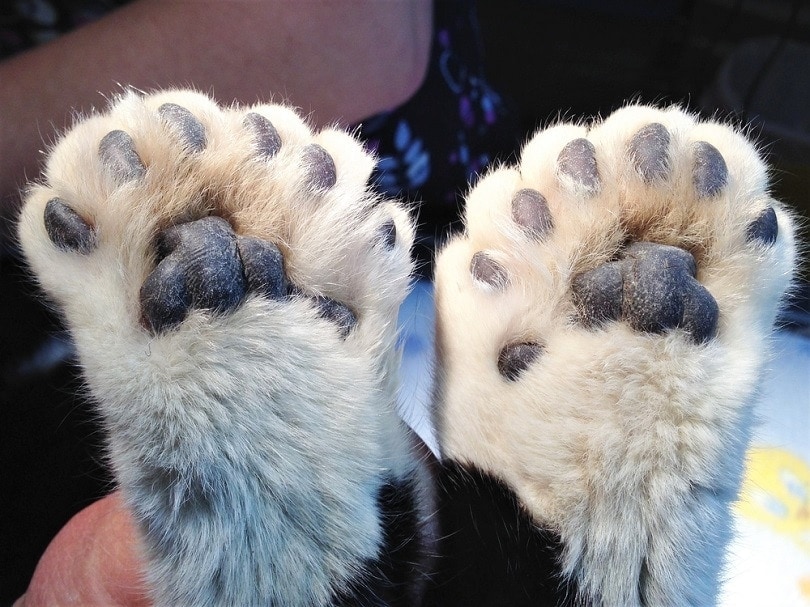
Final Thoughts
Cats have five toes on each front paw and four on each back paw, with a total of 18 toes in all. However, some cats can have a different number of toes. Genetics can cause extra toes to form on specific paws, which leads to a polydactyl cat.
The trait for polydactyl cats is dominant and entirely genetic. If the cat inherits the gene from one of their parents, they will end up with extra toes. The exact number can vary quite a bit, though.
Cats can also be born with dewclaws, though these don’t count as toes. They are non-functioning and often removed to prevent unnecessary injury later.
Featured Image Credit: rihaij, Pixabay

